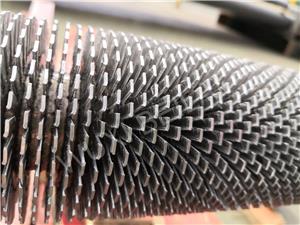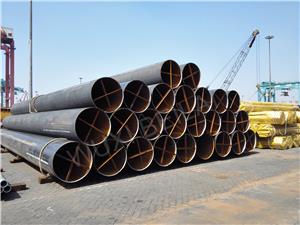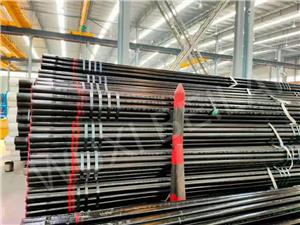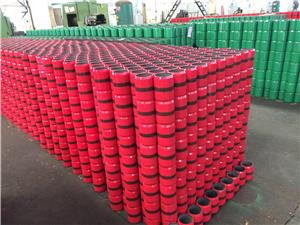Mastering Tubing Casing Installation Methods: Insights from BEILAI Group
Mastering Tubing Casing Installation Methods: Insights from BEILAI Group
BEILAI Group, a trusted tubing casing supplier, is dedicated to helping energy sector professionals understand and implement effective tubing casing installation methods. Proper installation of tubing casing is essential to ensure structural integrity, pressure containment, and safe production in oil and gas wells. This guide presents an in-depth overview of best practices, tools, and key considerations involved in the installation process.
Understanding Tubing Casing
Tubing casing is a critical component in oil and gas well construction. Casing provides structural support to the wellbore, prevents contamination between geological layers, and facilitates pressure management. Tubing, on the other hand, is the conduit through which hydrocarbons are transported to the surface. Installing both correctly is vital to long-term well productivity.
Preparation Before Tubing Casing Installation
Site Survey: Evaluate geological data and well trajectory to select appropriate tubing casing sizes and grades.
Equipment Readiness: Ensure availability of casing running tools, elevators, tongs, power units, and centralizers.
Thread Inspection: Check connections for damage or debris to prevent leak paths.
Mud Program: Design mud composition for wellbore stability and casing floatation.
Step-by-Step Tubing Casing Installation Methods
1. Running the Casing
Lower the casing into the wellbore section by section using elevators. Monitor weight and drag to avoid sticking. Maintain verticality using casing centralizers at regular intervals.
2. Applying Thread Compound
Apply thread compound to the casing pin before making up each connection. This prevents galling and ensures a tight seal, which is essential in tubing casing installation methods.
3. Casing Makeup and Torque
Use casing tongs or hydraulic power tongs to torque each connection to the manufacturer's specified value. Ensure that torque and turns are within limits for structural reliability.
4. Float Equipment Installation
Install float collars and shoes to guide casing into place and provide a check valve for cementing. These tools aid in controlling fluid movement during tubing casing placement.
5. Cementing the Casing
Displace cement slurry into the annular space between the casing and borehole wall. Proper cementing prevents fluid migration and stabilizes the casing. Monitor volumes, pressure, and returns throughout the job.
6. Installing Production Tubing
Once casing is set and cemented, run in the production tubing. Tubing should be centralized and spaced out properly to ensure even wear and efficient flow.
Best Practices in Tubing Casing Installation
Centralizer Placement: Use modeling software to determine optimal spacing for casing and tubing centralizers.
Circulating Prior to Cementing: Circulate drilling mud to condition the hole and remove cuttings before cementing begins.
Monitoring Well Parameters: Use real-time telemetry to track casing depth, torque, and mud displacement data.
Post-Installation Testing: Conduct pressure testing and integrity checks on both tubing and casing systems.
Challenges in Tubing Casing Installation Methods
Some common challenges during tubing casing installation include:
Stuck Casing: Caused by differential sticking or tight formations. Mitigated by reaming and using centralizers.
Connection Failures: Due to improper torque or thread damage. Prevented through inspection and precise makeup procedures.
Inadequate Cement Coverage: Leads to poor zonal isolation. Addressed with good hole cleaning and proper slurry design.
BEILAI Group’s Commitment to Quality Tubing Casing Solutions
At BEILAI Group, we manufacture and supply top-grade tubing casing solutions designed to meet API standards and project-specific requirements. Our products undergo rigorous quality control and testing. We support our customers with detailed guidance on tubing casing installation methods, ensuring optimal performance in the field.
Conclusion
Proper tubing casing installation methods are foundational to well integrity and production efficiency. From equipment preparation to post-installation testing, each step must be executed with precision. BEILAI Group combines decades of manufacturing excellence with field-level expertise to help clients succeed in the most challenging drilling environments.
BEILAI Group — Your trusted tubing casing partner in energy infrastructure.




